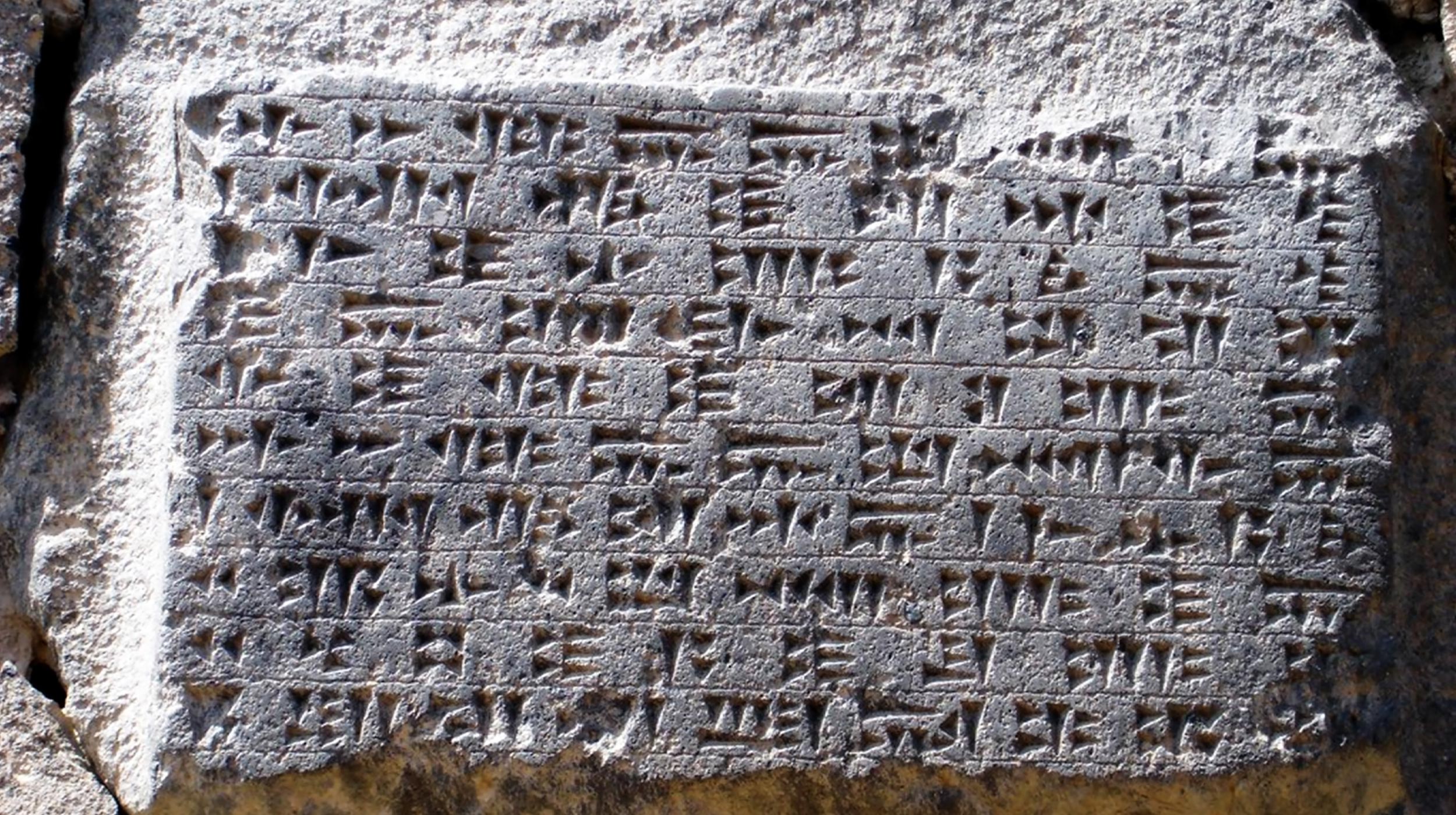ARCHAEOLOGICAL TOUR IN ARMENIA
9 DAYS
APRIL - NOVEMBER

According to the Book of Genesis, Noah’s Ark came to rest on the “Ararat mountains” after the Universal Flood. The history of the Armenian people goes back to the Kingdom of Urartu or Ararat. Even the origin of the modern name, Hayastan is linked to Mount Ararat. It comes from the story of Hayk, the brave and strong archer who, according to legend, was a granddaughter of Noah. With the suffix “-stan” (land), Hayastan means “the land of Hayk”. According to an ancient tradition, Hayk is the ancestor of all Armenians and he settled at the foot of Mount Ararat. Armenia, a mysterious land with a rich and colorful history, interwoven with wonders created since ancient times, between medieval churches and monasteries, fortresses, ancient bridges, rock engravings, famous caravanserais of the Silk Road and finally the khatchk’kar, crosses stone, the most widespread expression of Armenian culture.
Itinerary
Transfer and accommodation in hotel. Relax.
The second day is dedicated to two of the archaeological sites of the city of Yerevan: Arin Berd and Karmir Blur. Visiting the Museum – Erebuni Historical and Archaeological Reserve which is located at the Urartean fortress of Erebuni in Yerevan, the capital of Armenian. Teishebani is an ancient fortress of the kingdom of Urartu. It corresponds to the current place of Karmir Blur near Erevan. It was built by King Russa II in the first quarter of the 7th century BC and is located in a few kilometres to the south-east. Overnight at the hotel.
After breakfast, leaving for the Ararat region, visiting Khor Virap and the archaeological site of Artashat, capital of the Armenian Kingdom in Hellenistic times. The fortified Khor Virap called the “Deep Pit”, preserves the underground cell of Saint Gregory imprisoned and freed after 13 years before converting to Christianity. Artashat was founded by King Artashes (189-188 BC). It was one of the magnificent capitals of Armenia, a center of Hellenistic culture and an important emporium. At the end going on to visit Dvin. The city was founded by Khosrov II in 335 BC, became the capital, seat of the Arshakunì dynasty and patriarchal seat of the Armenian Catholicosate. Dvin was cultural and commercial center of great international renown. Overnight at the hotel.
After breakfast, leaving for the Vayots Dzor region and set off towards Lake Sevan, crossing the Selim pass at 2410m above the sea level. Stopping and visiting the Selim Caravanserai. Caravanserai of Selim (13th century) has offered hospitality to countless travellers and it is one of the best preserved in Armenia. Going on to the discovery of the Noraduz medieval cemetery full of khatchkars disseminated all over the shore of Lake Sevan. At the end of the day we visit Lake Sevan and the monastery located on the peninsula. Overnight at the hotel
Leaving for the region of Alaverdi. After about 2 hours’ drive we will get and visit the Basilica of Odzun (6th century). The Funeral Monument (5th-6th centuries) represents 3 pillars and a 4 sided stele of relieves and ornaments in 2 arches tells us about the adoption of Christianity in Armenia. There is the beautiful monastic complex of Haghbat in the same region, which is listed in a UNESCO Heritage Site. Afterwards, we cross the gorge of the river Debet, visit the Akhtala Monastery, immersed in a fantastic scenery. Overnight at the hotel.
After breakfast, leaving to discover antiquity, visiting the remains of the Agarak site and its surroundings which are entirely covered with gigantic complexes of stone caves structures dating to the Early Bronze Age. Afterwards we will go on towards the architectural and historical complex of Arshacids composed of a 5th century church, rebuilt in the 19th century and of a 4th century crypt where the kings Arshacids rest. The day ends with a visit to the medieval fortress of Amberd of the 7th century at the intersection of the Arkashen and Amberd tributaries. Overnight at the hotel.
Breakfast and transfer to the Museum of History of Armenia. The museum’s exhibition offers a vast overview of the history of Armenia which, starting from the Palaeolithic, Neolithic, Bronze and Iron Ages, going to the 8th -7th centuries BC, to the great culture of the Araratyan Kingdom of Van-Urartu, to the kingdom of Tigran the Great, it reaches the Paleochristian age, the history of the capitals of the Middle Ages and the tragic events of the Armenian Genocide, a fascinating journey through centuries. Visiting Garni. Greek-Roman temple dedicated to the solar deity Mitra in Garnì was built in 77 BC by the Armenian king Tiridates I and the will of Emperor Nero. Transfer to the fortified Geghard Monastery of 13th century. It is an architectural complex partially built in the rock. Overnight at the hotel.
Breakfast and departure to Metsamor, and interesting archaeological site, the 5th millennium BC settlement in the center of Ararat Valley, above the volcanic rock. Going on to Echmiadzin. It is the ancient capital Vagharshapat, founded by King Vagharsh I Arshakunì (117-136 BC). Now it is a spiritual place of the utmost importance and patriarchal center of Catholicos, supreme authority of the church for all the Armenians. The cathedral was erected in 303 AD by activity of St. Gregory the Enlightener. Visiting the Church of St. Hripsime (the victim of Roman origin) built in 618 AD. Transfer to Zvartnots and visiting the magnificent palatine cathedral (643-652 AD), listed in a UNESCO World Heritage Site. Farewell night in the restaurant accompanied by traditional Armenian dances and songs. Overnight at the hotel.
At a proper time, reserved transfer to the airport and termination of services.
